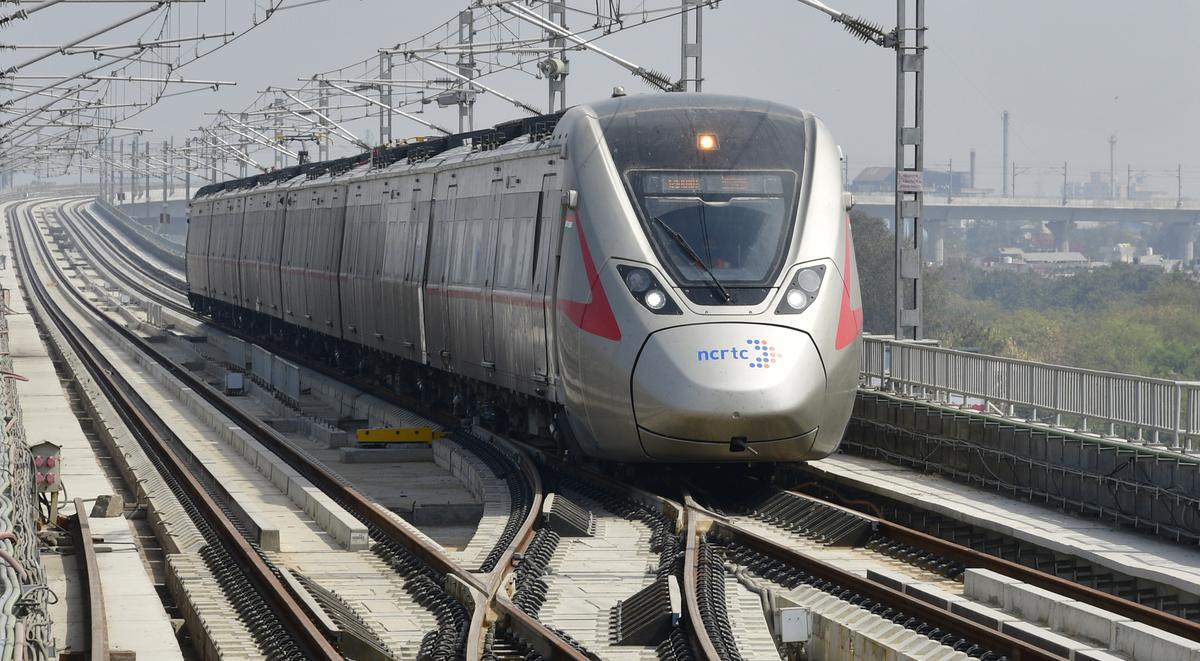- Courses
- GS Full Course 1 Year
- GS Full Course 2 Year
- GS Full Course 3 Year
- GS Full Course Till Selection
- Online Program
- GS Recorded Course
- NCERT (Recorded 500+ Hours)
- Polity Recorded Course
- Geography Recorded Course
- Economy Recorded Course
- AMAC Recorded Course
- Modern India, Post Independence & World History
- Environment Recoded Course
- Governance Recoded Course
- Science & Tech. Recoded Course
- International Relations and Internal Security Recorded Course
- Disaster Management Module Course
- Ethics Recoded Course
- Essay Recoded Course
- Current Affairs Recoded Course
- CSAT
- 5 LAYERED ARJUNA Mentorship
- Public Administration Optional
- ABOUT US
- OUR TOPPERS
- TEST SERIES
- FREE STUDY MATERIAL
- VIDEOS
- CONTACT US
Indias Education Sector
Indias Education Sector
22-12-2023
Important Terms:
- Gross Enrollment Ratio: GER is a way of showing how many students are enrolled in a specific level of education compared to the total number of students who could potentially enroll at that level. For instance, if a town has 500 children aged 3 to 5, with 250 attending preschool, the Gross Enrollment Ratio for this age group would be 50%.
- Dropout Rate: It is the percentage of students who leave school before completing their education within a specific time frame. For example, if there are 100 students at the beginning and 25 students leave before the end of the year, the dropout rate would be 25%.
Significance of Education:
- Education is like the fuel for a nation's engine. Look at countries like South Korea and Singapore in comparison with India—they started their journey at the same time, but education made a big difference in their success.
- Education influences a country by -
- Empowering individuals: Education provides people with the knowledge and skills to maximize their capabilities and make meaningful contributions to society.
- Building national strength: A highly educated population lays the groundwork for a robust and thriving nation.
- Creating a brighter Future: Education empowers societies to tackle complex challenges and construct a more sustainable and equitable future for everyone.
Classification in Education:
- Education levels are divided into -
- Pre Primary and Primary School (Elementary)
- Secondary School (Middle School or High School)
- Senior Secondary School (High School)
- Higher Education (College or University)
Status of Education in India:
|
Gross Enrollment Ratio in Higher Education (GER HE) |
27.1% |
|
India's Universities Ranking in Top 200 (As per QS World University Ranking) |
3 |
Status of Literacy in India:
- Literacy is the ability to read and write proficiently, enabling individuals to understand, interpret, and communicate using written language.
- National Statistical Office (NSO) has provided following data related to Literacy rate in India:
|
Average Literacy Rate in India |
77% |
|
Male Literacy Rate |
84.7% |
|
Female Literacy Rate |
70% |
|
Rural Literacy Rate |
73.5% |
|
Urban Literacy Rate |
87.7% |
Challenges in Education Sector in India:
- Education Quality Concerns: Issues with curriculum and inconsistency in teaching methods.
- High Dropout Rates: Especially noticeable post-secondary education, with even higher rates in higher education due to financial constraints, traditional norms like patriarchy, and lack of awareness
- Low Gross Enrollment Ratio: Insufficient numbers of students enrolling in higher education.
- Insufficient Government Funding: The government allocates 3% of the GDP, falling short of the needed 6-7% for an effective education system.
- Inadequate Teacher Training: Teacher Training Manuals are inadequate, lacking comprehensive training programs for teachers.
- High vacancies for Teaching Positions: A prevalence of ad hoc teachers leading to job insecurity and instability.
- Outdated Curriculum: Curriculum lacks practical skills, contributing to the gap between academics and industry needs.
- Academic Research: Low student interest in research, coupled with inadequate funding for research and development.
- Poor Infrastructure Conditions: Particularly in government-aided schools and in rural areas, with even inadequate sanitation facilities like functional toilets.
Measures Taken by the Government:
- 86th Constitutional Amendment Act: It added Article 21-A which ensures free and compulsory education for children aged 6 to 14 years.
- RTE Act 2009: Right to Education Act ensured legal mechanism for obligatory primary education for all children.
- National Education Policy 2020: A comprehensive policy reform aiming at revamping the entire education system.
- STARS (Strengthening Teaching-Learning and Results for States Scheme): A scheme focused on enhancing educational outcomes in states.
- DIKSHA Portal: A unified digital platform which is loaded with lesson plans, worksheets and activities, to create enjoyable classroom experiences.
- SWAYAM Courses: Massive Open Online Courses (MOOC) platform providing access to various courses for learners.
TSR Subramanian Committee Recommendations:
- Declaring Early Childhood Care and Education as a right for children from 4-5 years of age
- Amending the RTE Act for uniform recognition norms for government and private schools and extending the common curriculum to minority institutions.
- Introducing online on-demand board exams, allowing students to choose the level of difficulty in Maths and Science exam in Class 10.
- Forming an Autonomous Teacher Recruitment Board, renewing licenses every decade.
- Integrating IT in education for teacher training, adult literacy, remedial education and skill development.
- Expanding the National Skills Qualification Framework to include more students.


